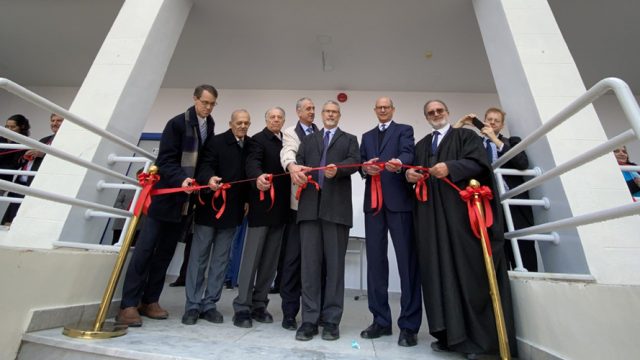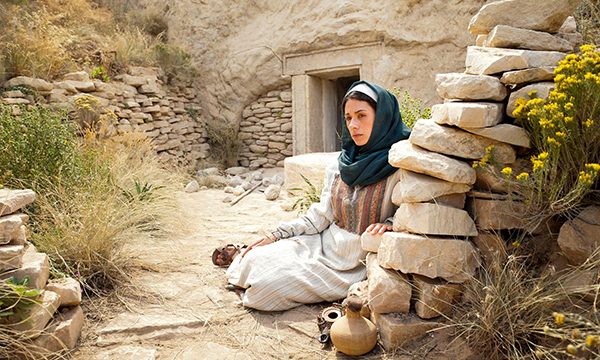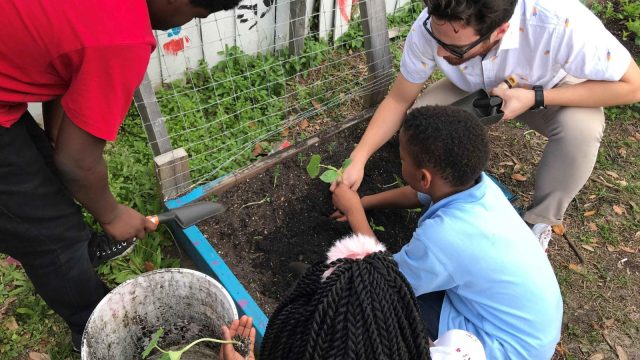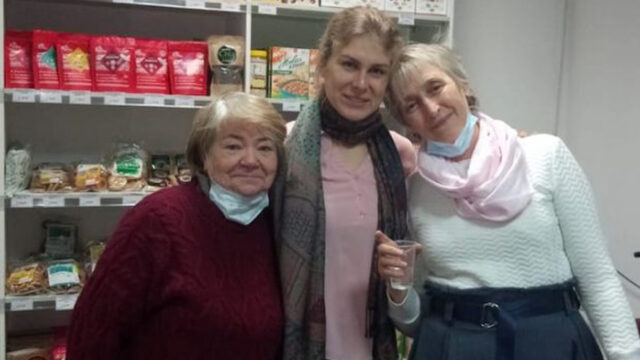Ali Alsamarah sets an example as organizations in the U.S. scramble to find donors.
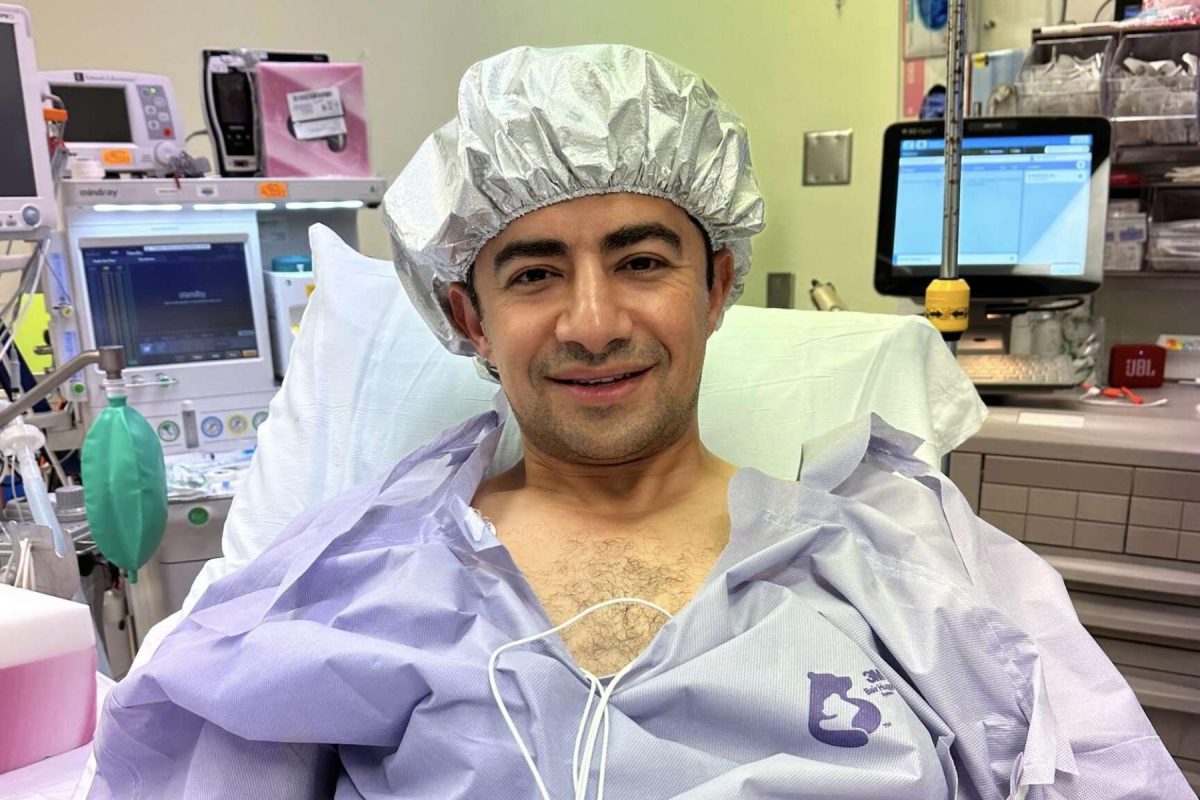
Ali Alsamarah, an interventional cardiology specialist with AdventHealth Ocala in the Tampa Bay area in Florida, United States, recently received a call that he was a potential match for a child who desperately needed bone marrow. Alsamarah quickly responded to the request, first undergoing a physical exam and lab work. Doctors recently performed the retrieval procedure at the bone marrow transplant unit of the Moffitt Cancer Center in Tampa.
Alsamarah decided to become a bone marrow donor three years ago after he saw a friend survive acute myeloid leukemia following a bone marrow transplant. He hopes that sharing his story will encourage others to sign up for the donor registry and consider donating bone marrow.
“I hope this message reaches people to be aware of the bone marrow donation program, as it will enrich the pool with more donors, and therefore more potential matches for those in need,” he said. “The procedure is crucial to spread awareness and educate people about the potential lifesaving therapy.”
Becoming a Bone Marrow Donor
The first step in becoming a bone marrow or blood stem cell donor is to join the Be The Match Registry. Doctors around the world search the registry to find matches for their patients. If a doctor selects you as a match for a patient in need, you may be called to donate.
Around 90 percent of the time a patient’s doctor requests a peripheral blood stem cell (PBSC) donation, which is a non-surgical, outpatient procedure similar to donating platelets or plasma. The other 10 percent of the time, the doctor will request a marrow donation.
When a person joins the registry, they use the registration kit to swab their cheek and send it back to Be The Match. The organization then tissue types the sample the person provides and uses the results to match them to patients. Once the person joins online, they receive a kit with instructions in the mail.
Urgent Need for Organ Donations
The AdventHealth Cancer Institute, home of the Blood and Marrow Transplant Program, performs more than 140 transplants annually.
“There are around 100,000 people who are patiently awaiting an organ donation in the United States alone, and the list is growing,” AdventHealth leaders said. “Another person is added to the list every ten minutes. Their need is urgent — and time, availability of organs, and accurate matches are essential.”
The original version of this story was posted on the AdventHealth news site.



